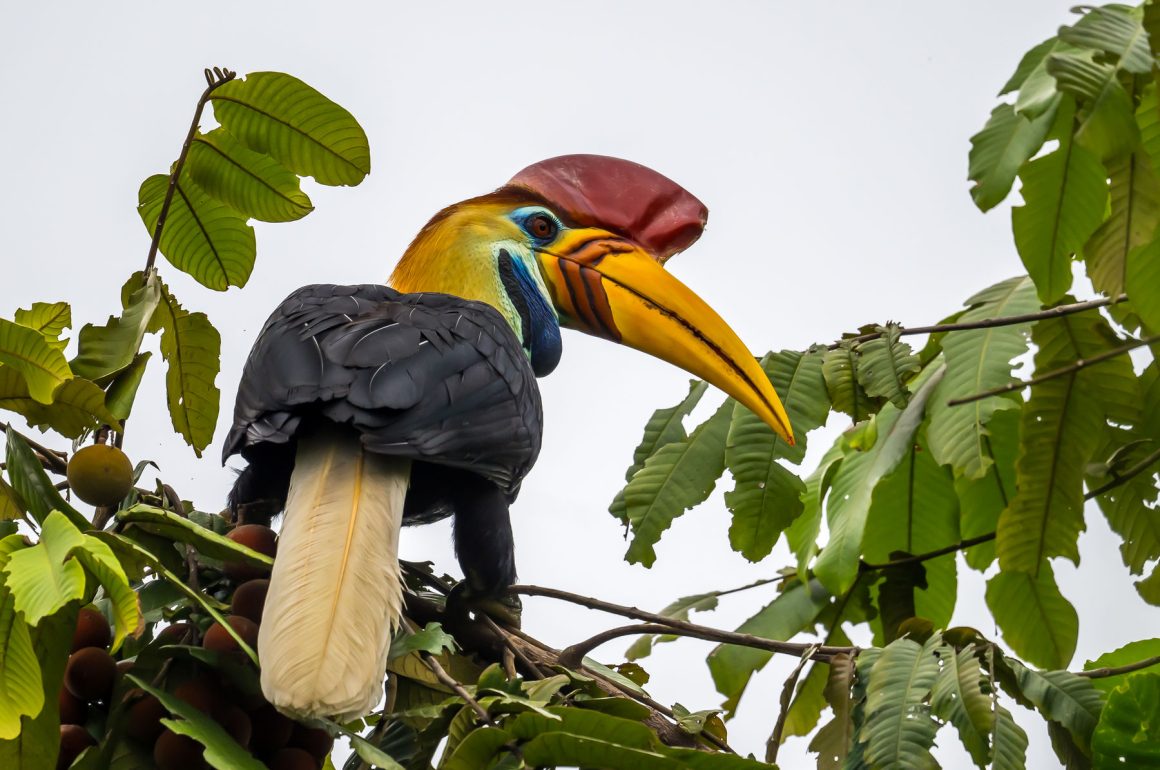
Sulawesi has two species of hornbills. Both are more or less endemic to Sulawesi (give or take a few islands nearby), and both are listed as Vulnerable. It is tempting to start the next sentence with “And that’s where the similarities end”, but of course, both are hornbills and thus have a lot in common despite being rather different in size.
Much bigger: Knobbed Hornbill
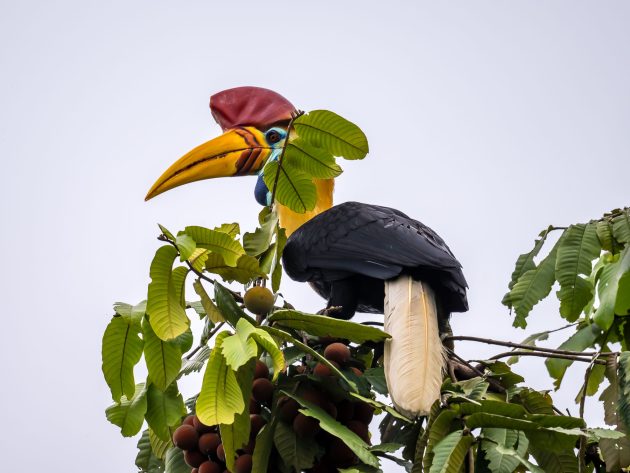
Smaller: Sulawesi Hornbill
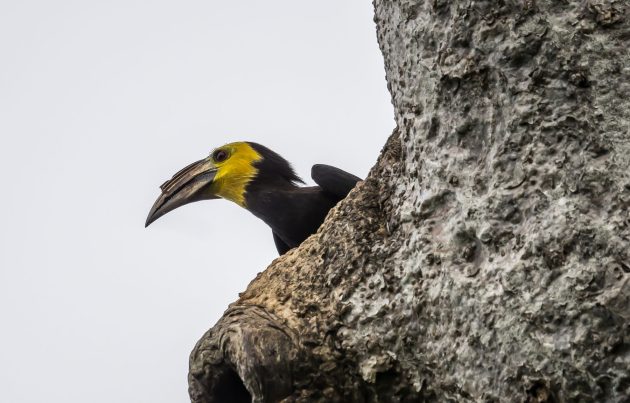
Both mainly eat fruit – it accounts for about 85% of their diet and thus considerably more than the 2-3 servings of fruit per day that are recommended for humans (source). One might even say they overdo it a bit.
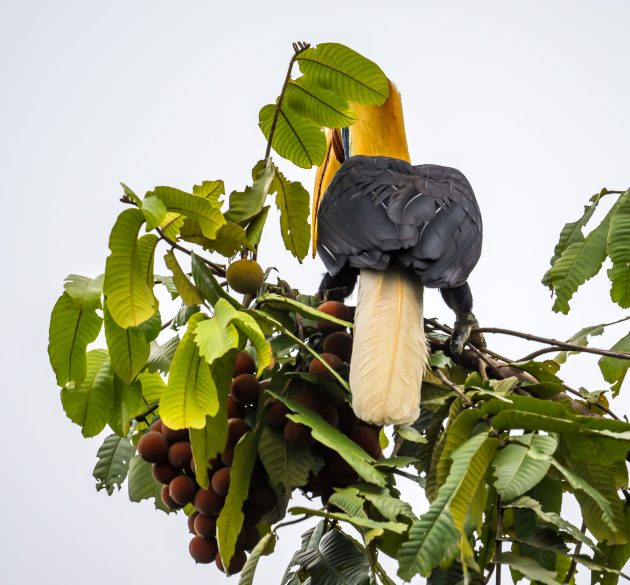
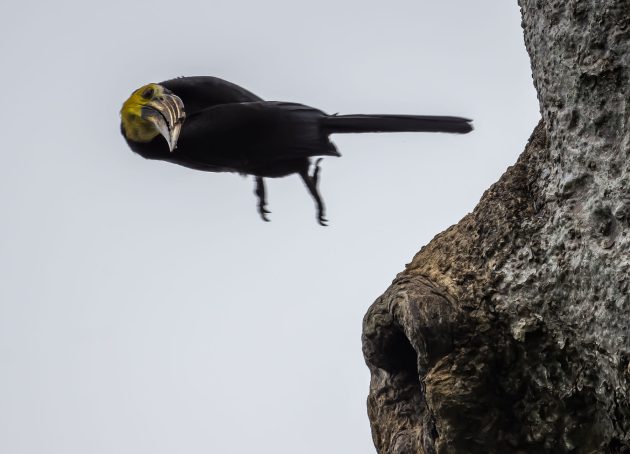
In both species, the female seals herself into a natural tree hole, lays eggs, incubates the eggs and stays with the chicks in the hole – the male feeds her through a slit in the hole. The photos of the (much smaller) Sulawesi Hornbill all show the male around the hole – he regurgitates fruit and passes it to the female in the hole. Not a very pleasant task, but better than being imprisoned with a bunch of youngsters for several weeks.
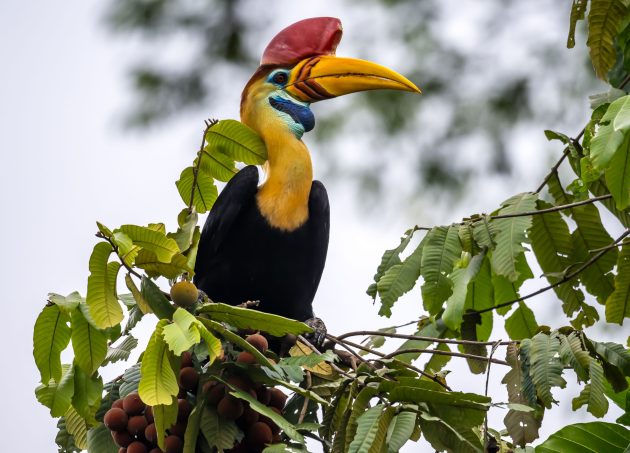
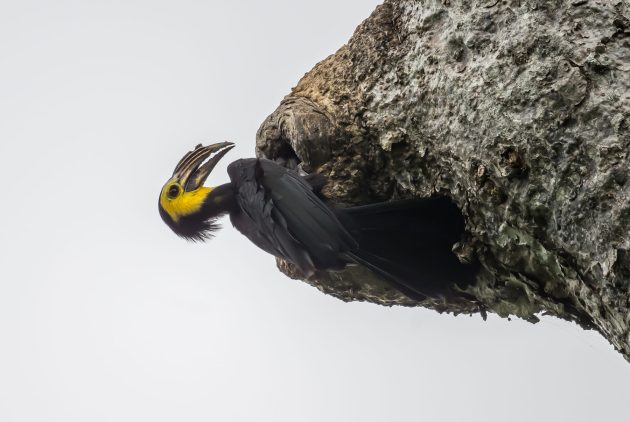
Both species suffer from fragmentation of their forest habitat and continued hunting.
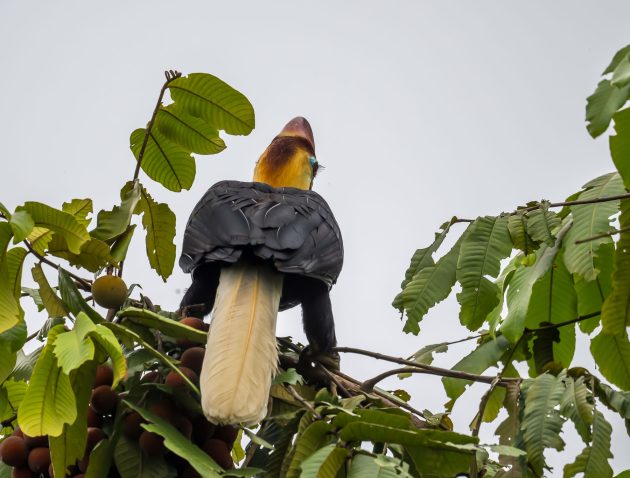
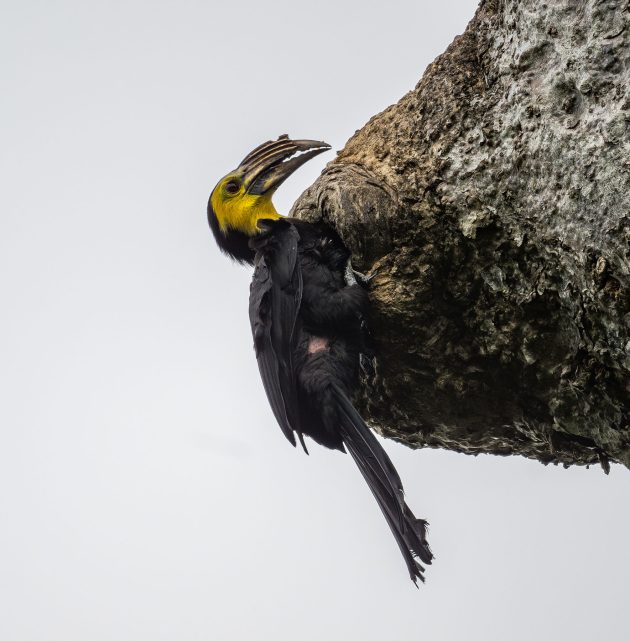
As hornbills, both look – as a friend said about hornbills – like they were designed by artistic children. In fact, this may actually be a difference between the two. The statement sounds reasonable for the Sulawesi Hornbill, but if a child of mine designed something like the Knobbed Hornbill, I would probably want to immediately take him or her for a psychological examination.
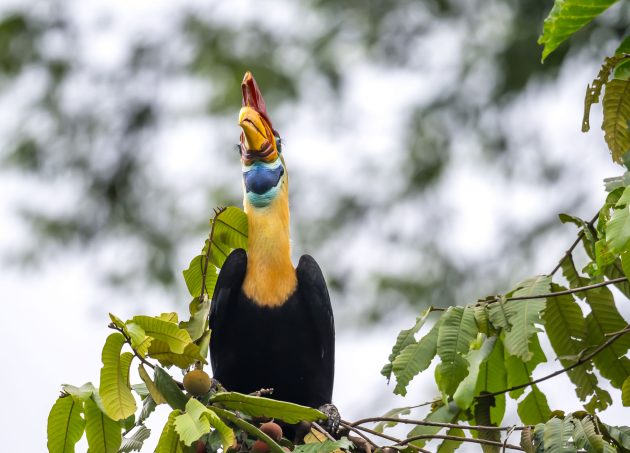
The scientific literature describes some more differences between the two hornbills of Sulawesi.
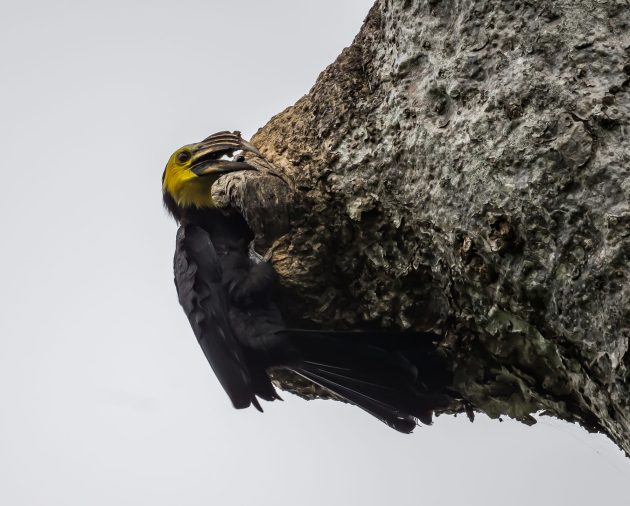
Human disturbance has a bigger negative effect on the Red-knobbed Hornbill than on the Sulawesi Hornbill (source).
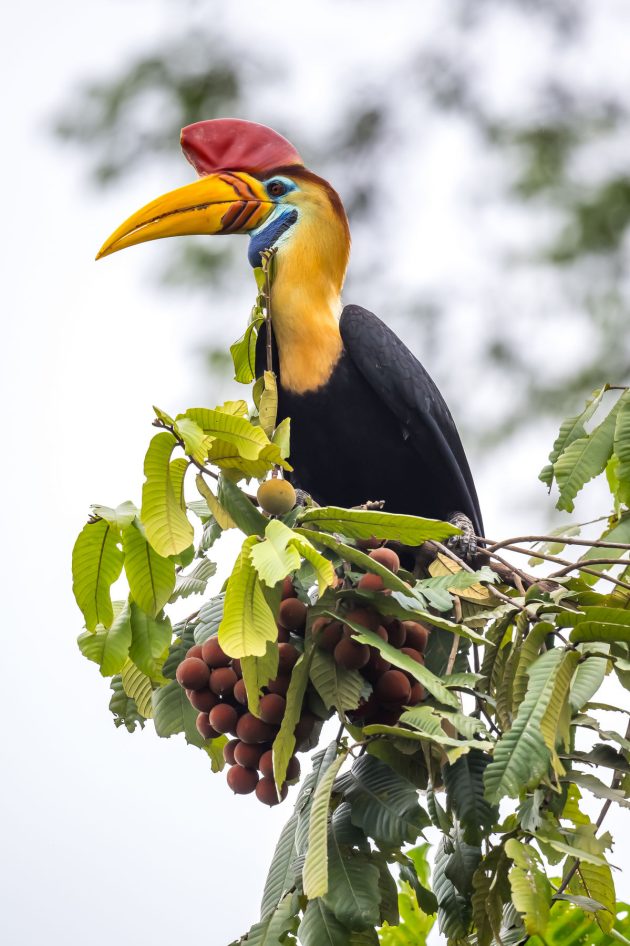
Sulawesi Hornbill nests are at lower densities and more evenly spaced than Red-knobbed Hornbill nests (source).
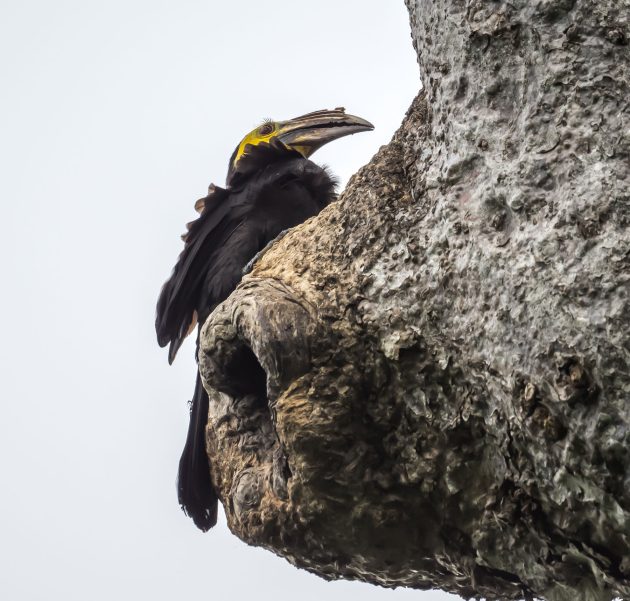
The Red-knobbed Hornbill is the state bird of South Sulawesi, the Sulawesi Hornbill is not (source).
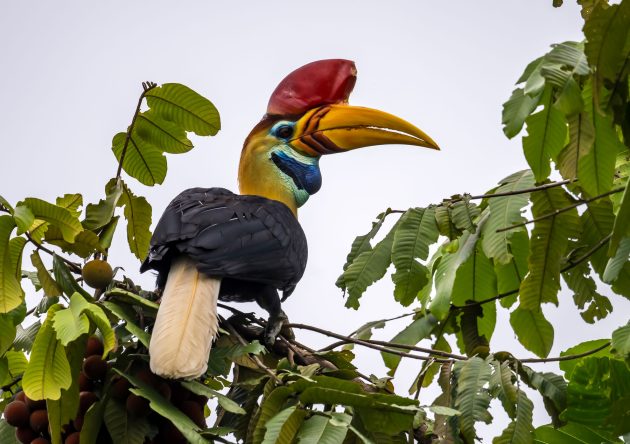
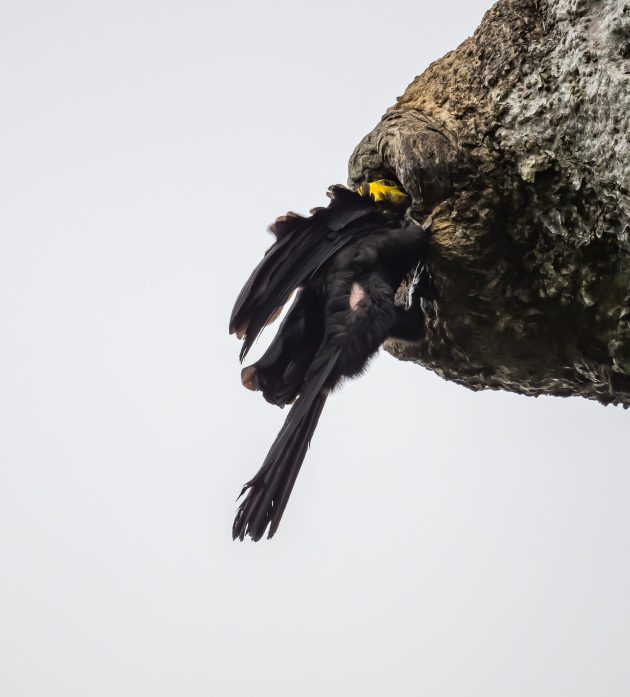
There is a paper specifically on “Determination of birdwatching tourism locations for Red-knobbed Hornbill (rhyticeros cassidix) around Lake Lindu, Lore Lindu National Park, Central Sulawesi” – there is no such paper for the Sulawesi Hornbill. I have to admit that if I had a chance to only see one of the two hornbills, I would also go for the Red-knobbed Hornbill – even though it looks like it has been made of colorful plastic.
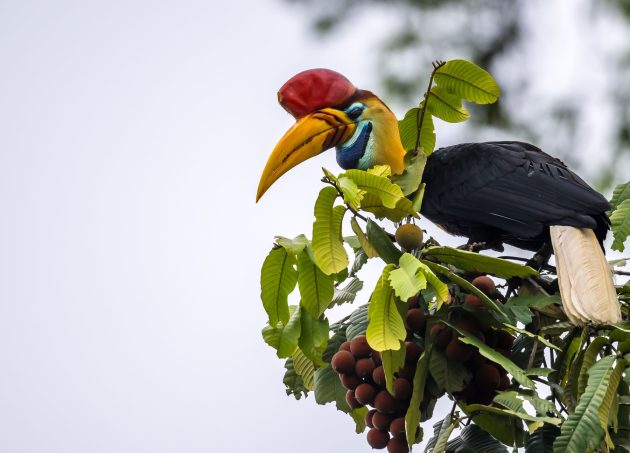
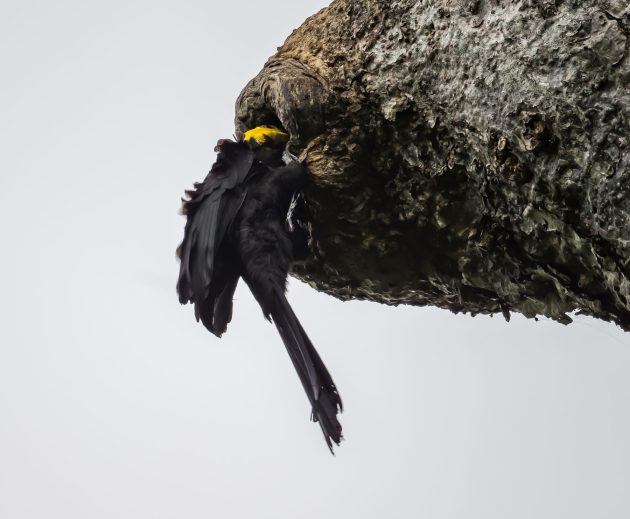







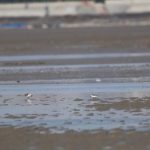
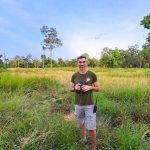

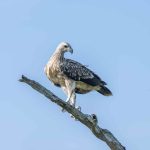
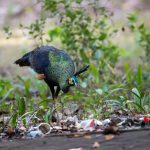

I once had the privilege of holding a hornbill skull (in a museum) – it is very large and very light at the same time. The living birds are much more impressive as these pictures show.